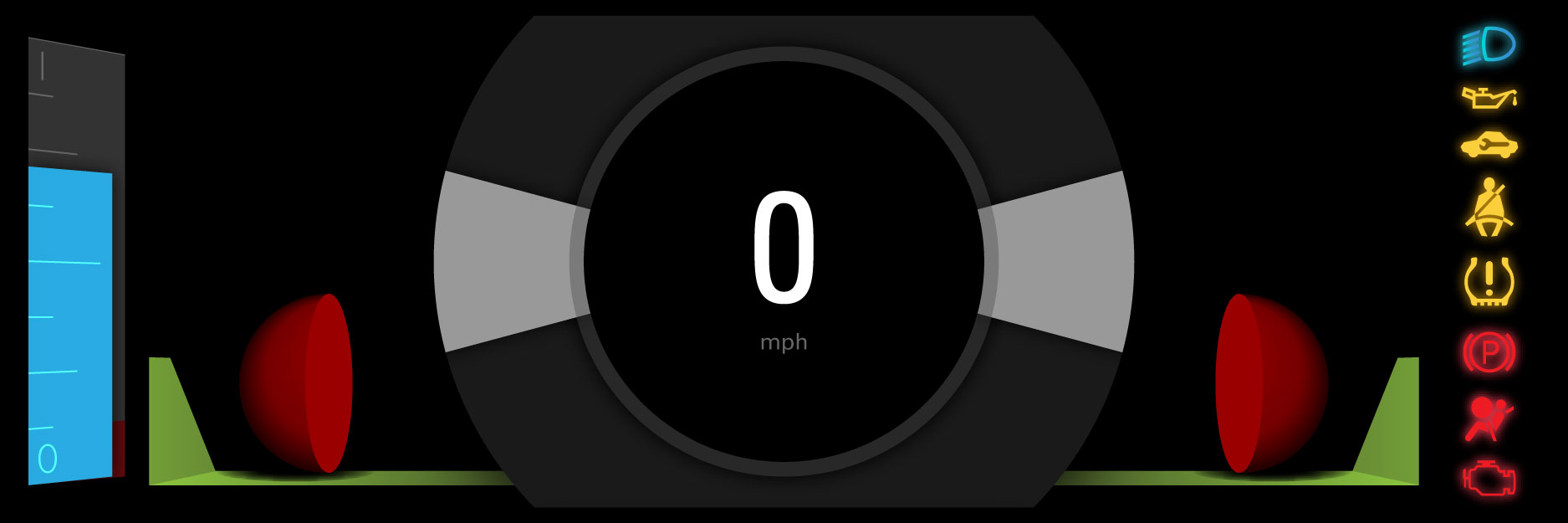This project was started as an attempt to design for the needs of a user who’s particular disabilities are traditionally ignored by the automotive industry; the aging driver.
As this population of people continues to grow and age, their bodies are undergoing a number of changes that make them less able drivers. The changes taking place of specific importance to this project are the degradation of the visual system and the occurrence of Mild Cognitive Impairment (MCI). MCI is characterized by loss of a range of cognitive abilities, including declarative/spatial memory and higher-order/executive functions.
These changes can build up for an aging driver, creating a very hostile driving environment. Some drivers attempt to compensate using tactics such as: only navigating protected left turns, limiting/not driving at night, navigation only known routes, relying on a co-pilot, increasing safe-gap margins.
Even with these attempts at self compensation, aging drivers still make up a large portion of the fatal driving accidents in the US. In this project I worked to create a set of driving displays that would assist the aging driver. Allowing him to continue driving, do so safely and with as much freedom as possible.
We approached the task of creating a new set of driving displays by first separating the driving task into the primary task and the secondary task. The primary task being direct control of the vehicle and the secondary task being that of navigating to the destination. We focused on creating an interface that facilitates the primary task of safely piloting the vehicle as it is easier to find effective compensatory measures for navigation. This made the navigation interaction a secondary, though still important goal.
See a video explanation of the primary display here, this display has been patented.
If you’d like to know more about this project, please feel free to download and read this .pdf.













